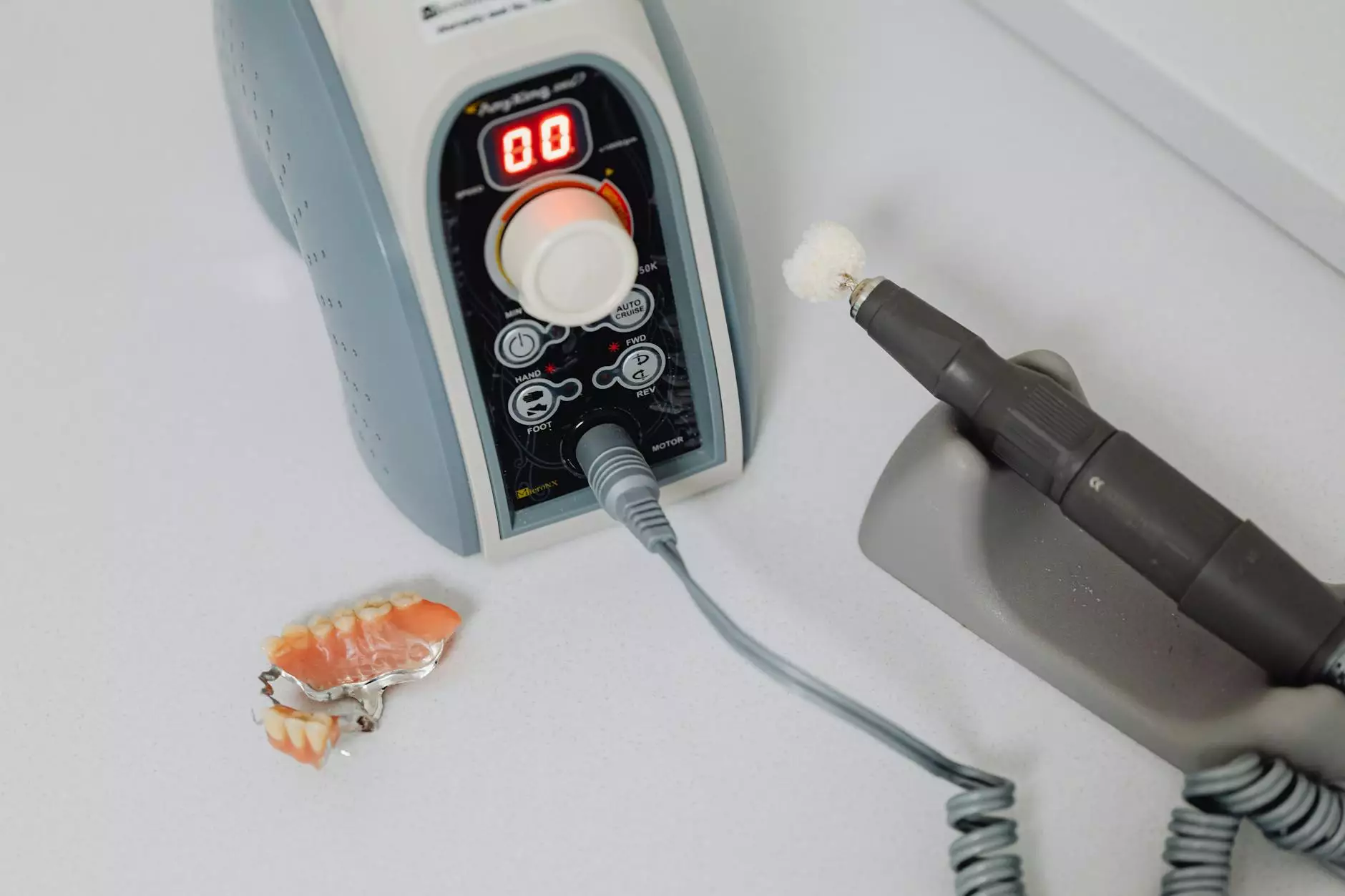Understanding the Capsular Pattern of Frozen Shoulder: A Comprehensive Guide to Shoulder Health & Rehabilitation

Frozen shoulder, medically known as adhesive capsulitis, is a complex shoulder disorder characterized by significant pain, stiffness, and limited range of motion. One of the most critical aspects in diagnosing and managing this condition is understanding the capsular pattern of frozen shoulder. This pattern provides invaluable insights into the underlying pathology, guides effective treatment strategies, and plays a vital role in physical therapy and rehabilitation programs.
Introduction to Frozen Shoulder and Its Clinical Significance
The shoulder is one of the most mobile joints in the human body, relying heavily on the integrity of the joint capsule, ligaments, tendons, and surrounding musculature. In frozen shoulder, the joint capsule undergoes inflammatory changes, fibrosis, and contracture, leading to a characteristic pattern of restricted movement, which clinicians and therapists must understand thoroughly.
The Anatomy of the Shoulder Joint and the Role of the Capsule
The glenohumeral joint is a ball-and-socket joint, allowing a wide range of motion necessary for daily activities and athletic pursuits. The joint capsule is a fibrous envelope that encases the joint, providing stability while permitting mobility. It contains synovial fluid, which lubricates the joint surfaces. When inflammation and fibrosis occur within this capsule, the result is a restricted range of motion that manifests the characteristic capsular pattern.
The Capsular Pattern of Frozen Shoulder: What You Need to Know
The capsular pattern of frozen shoulder is a specific sequence of motion loss that indicates the underlying contracture and fibrosis within the joint capsule. The pattern typically presents as:
- External rotation being the most limited movement.
- Abduction restricted but less severely than external rotation.
- Internal rotation being the least affected among the three.
This ordered loss of motion helps clinicians distinguish adhesive capsulitis from other shoulder pathologies, such as rotator cuff tears or impingement syndromes.
Why Is the Capsular Pattern Important in Diagnosis?
Identifying the capsular pattern of frozen shoulder allows healthcare providers to:
- Diagnose accurately by differentiating from other shoulder conditions.
- Assess the severity of capsular restriction.
- Develop targeted treatment plans that address specific motion deficits.
- Track progress during rehabilitation to evaluate improvements or need for modifications.
Pathophysiology Behind the Capsular Pattern
The development of the capsular pattern of frozen shoulder involves a series of pathological events:
- Initial Inflammation: The process begins with synovial inflammation due to injury, immobilization, or systemic factors.
- Fibrosis Formation: Prolonged inflammation leads to excessive collagen deposition, thickening, and fibrotic changes in the capsule.
- Capsular Contracture: The fibrotic capsule contracts, resulting in decreased joint volume and restricted movements.
This sequence results in the classic *pattern of motion restriction*, predominantly affecting external rotation, then abduction, and finally internal rotation.
Clinical Signs and Symptoms of Frozen Shoulder
Clinicians observing frozen shoulder will note several hallmark symptoms aligned with the *capsular pattern*:
- Gradual onset of shoulder pain, often severe at night or with movement.
- Progressive stiffness limiting reaching, lifting, or rotating the arm.
- Limited external rotation being the most restricted motion, often only a few degrees.
- Restricted abduction and internal rotation though to a lesser extent.
- Difficulty performing daily activities like dressing or grooming.
Diagnosing Frozen Shoulder: The Role of the Capsular Pattern
Diagnosis involves a combination of patient history, clinical examination, and imaging studies. Key diagnostic steps include:
- Assessment of passive range of motion (ROM): Identifying the pattern of limitations, especially the prominent restriction in external rotation.
- Palpation and physical tests: Evaluating tenderness and capsular tightness.
- Imaging: MRI or ultrasound to rule out rotator cuff tears, arthritis, or other pathology.
The identification of the capsular pattern helps confirm the diagnosis of adhesive capsulitis and guides intervention strategies.
Effective Treatment Strategies for Frozen Shoulder and Its Capsular Pattern
Managing the capsular pattern of frozen shoulder requires a multimodal approach aimed at reducing inflammation, restoring motion, and preventing recurrence. Key treatment modalities include:
Physical Therapy and Manual Techniques
- Stretching exercises: Focusing on external rotation initially, then progressing to abduction and internal rotation.
- Joint mobilization: Performed by trained therapists to improve joint capsule flexibility.
- Active and passive range of motion exercises: Designed specifically to address the pattern of restrictions.
- Hydrotherapy and heat therapy: To loosen tissues before stretching.
Medical Interventions and Modalities
- Anti-inflammatory medications: NSAIDs to control pain and inflammation.
- Corticosteroid injections: To reduce capsular inflammation and facilitate movement.
- Hydrodilatation (joint distension): Injection of saline or corticosteroid to expand the joint capsule.
- Surgical options: Arthroscopic capsular release for severe, refractory cases.
Rehabilitation and Self-Management
Post-treatment rehab is crucial to maintain gains and prevent recurrence:
- Consistency in stretching routines: Daily exercises targeting the restricted motions.
- Ergonomic adjustments: Modifying daily activities to reduce strain.
- Patient education: Understanding the condition, prognosis, and importance of adherence.
Advanced Techniques and Emerging Therapies
Research continues to explore innovative approaches to address the capsular pattern of frozen shoulder more effectively:
- Platelet-rich plasma (PRP): Used to promote healing of inflamed tissues.
- Stem cell therapy: Investigated for regenerative effects on the joint capsule.
- Progressive motion protocols: Combining loss-based stretching with neuromuscular re-education.
Prevention and Long-term Management
While frozen shoulder can resolve over time, preventive measures are key for at-risk populations, such as those with diabetes or shoulder immobilization:
- Early mobilization after injury or surgery.
- Maintaining shoulder activity with ergonomic modifications.
- Managing systemic conditions like diabetes to reduce risk.
- Regular exercise and stretching routines to preserve joint flexibility.
Conclusion: Restoring Shoulder Health through Understanding the Capsular Pattern
In summary, a thorough understanding of the capsular pattern of frozen shoulder is a cornerstone in effective diagnosis, treatment, and rehabilitation. Recognizing the sequential restriction—external rotation, then abduction, and internal rotation—enables clinicians and therapists to develop targeted interventions aimed at restoring full shoulder mobility and function. As research advances, emerging therapies and innovative rehabilitation techniques continue to improve outcomes for individuals affected by this challenging condition.
For those seeking specialized care or innovative treatment options, partnering with experienced healthcare professionals, especially in Health & Medical and Chiropractors, can greatly enhance recovery. Knowledge, patience, and consistent effort are the keys to overcoming frozen shoulder and regaining pain-free, functional shoulder movement.









